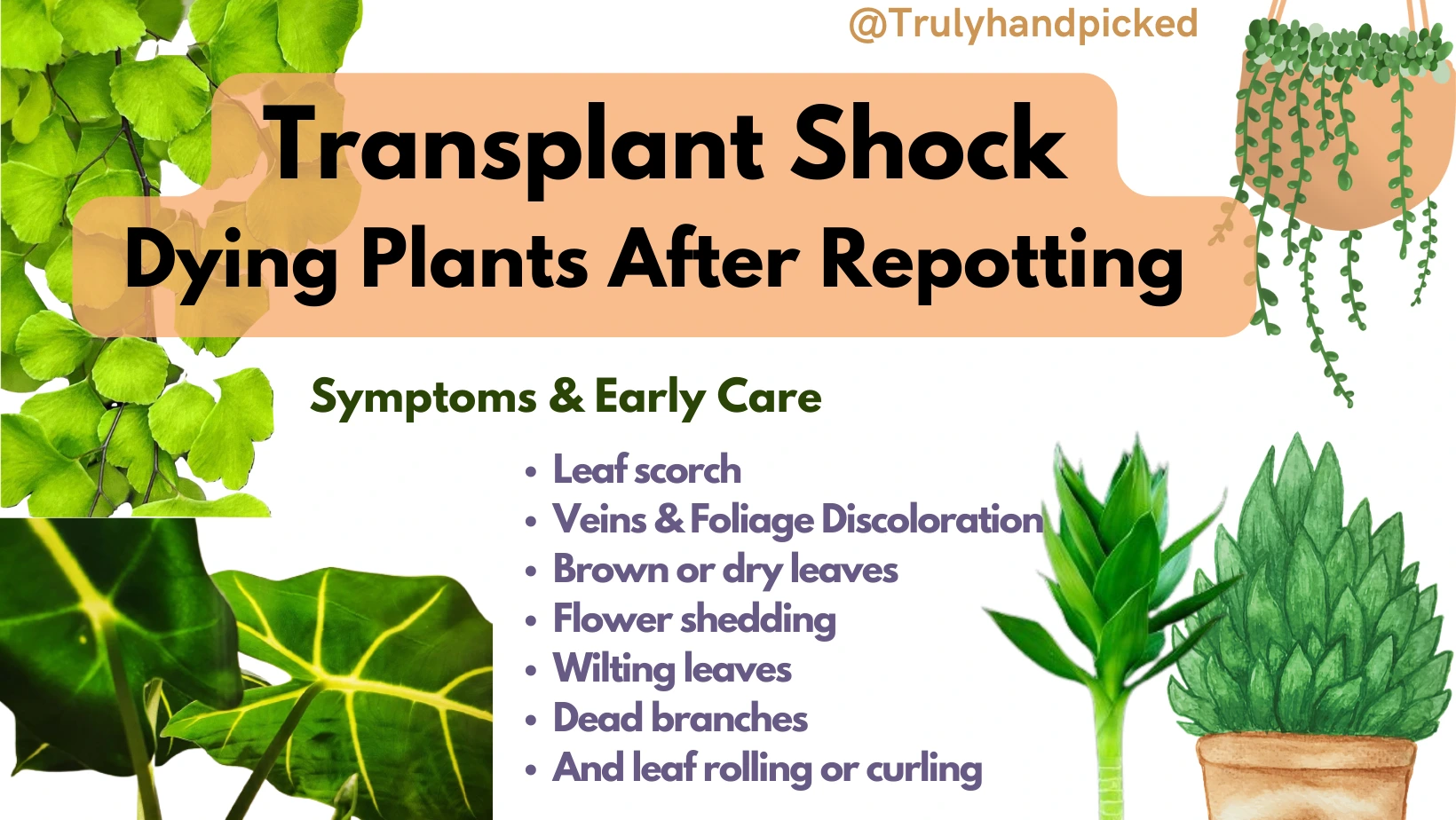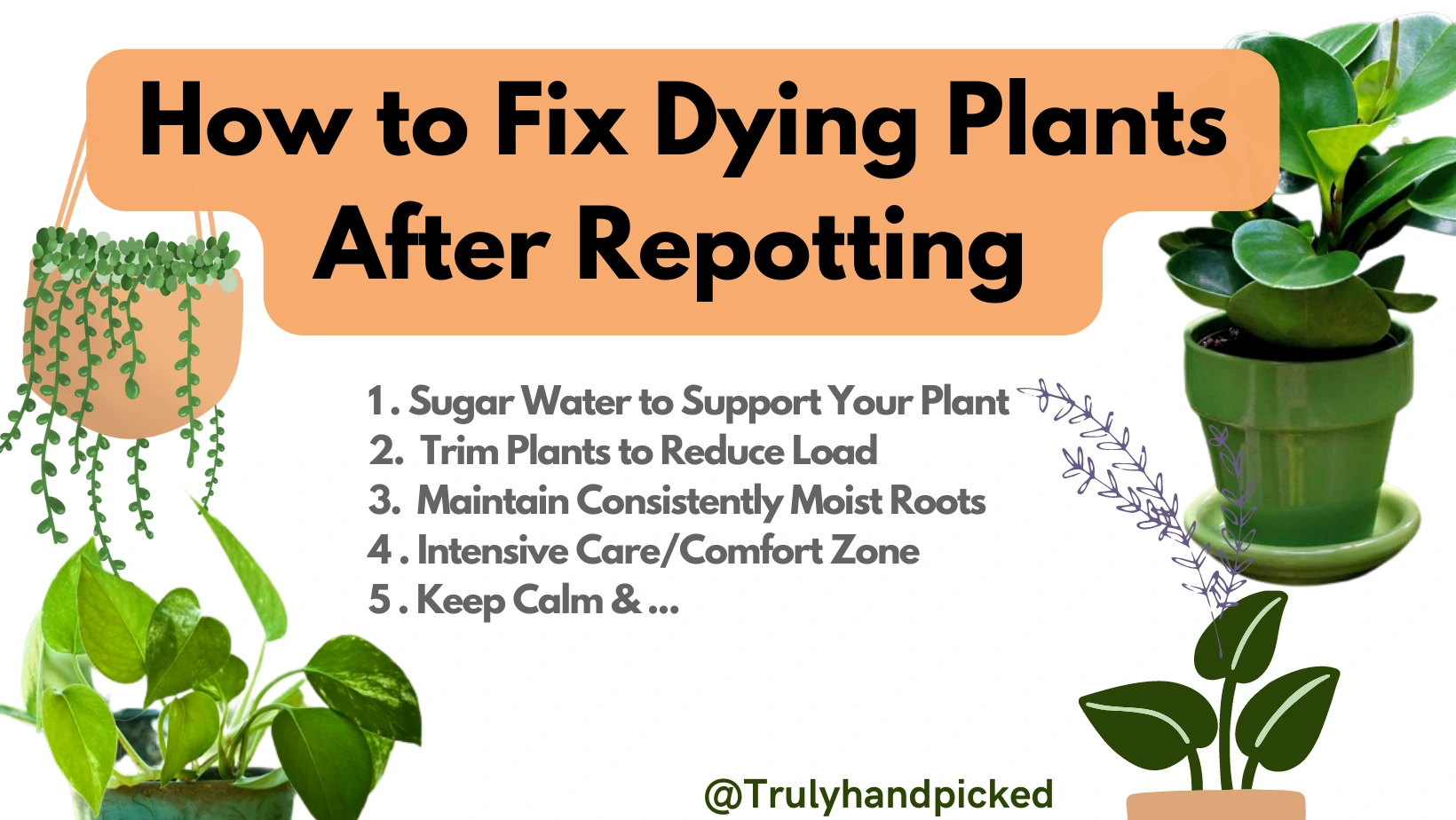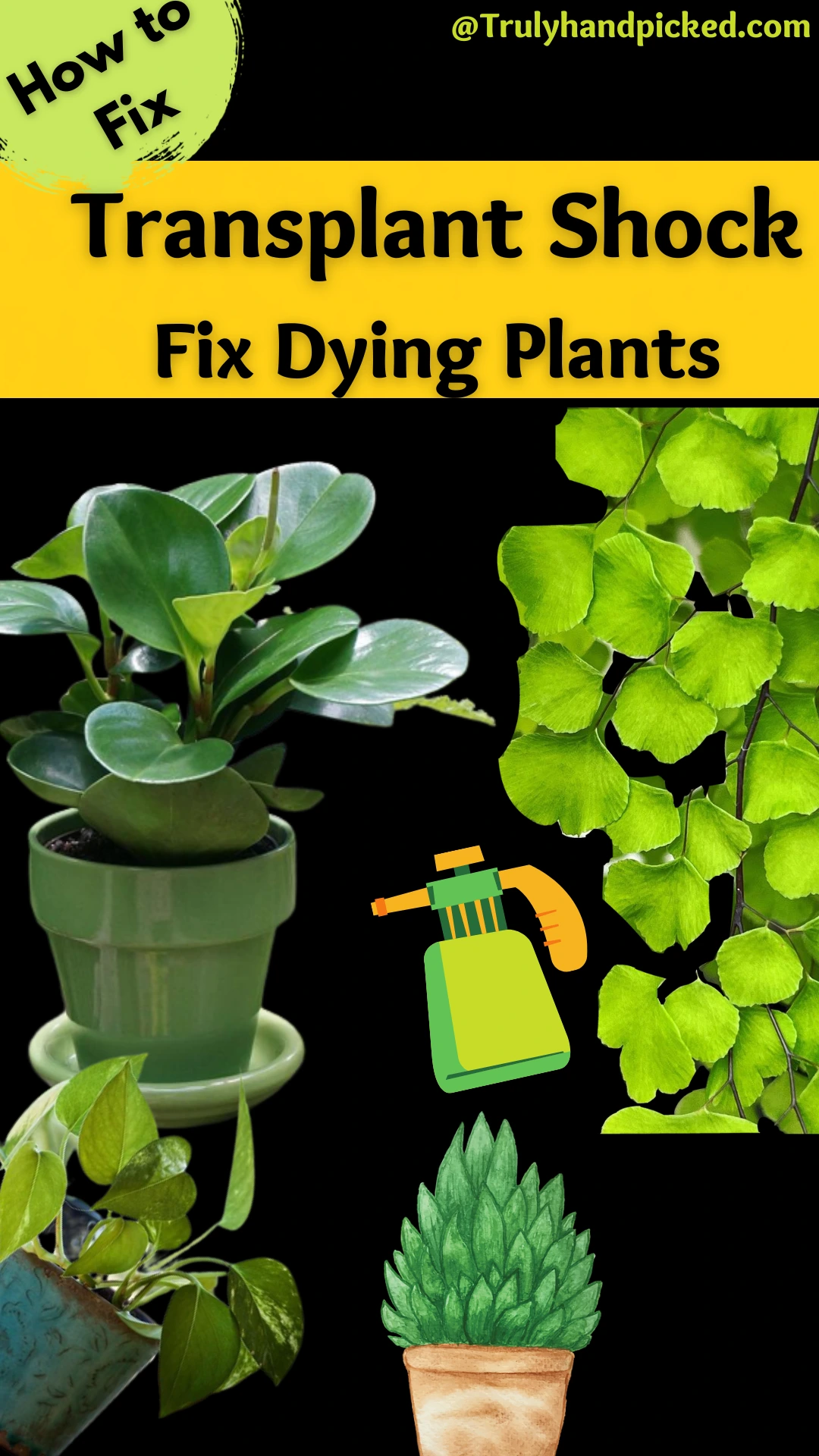Plants are innate with unmovable quality, and when we force them to move from one place to another, it happens.
We have to admit the fact that plants thrive well when they stay uninterrupted in every aspect. But sometimes we can’t promise a plant so, because of the crucial replantation process.
Few indoor plants and potted plants need to change their planter from time to time to give their roots enough space to thrive, depending on their growing speed.
This process often shakes the roots of houseplants and provides some unavoidable growing issues for them for a certain period.
You have to treat this very carefully. Otherwise, an unsolved transplant shock could kill your plant entirely. Here are some must-know facts about this transplant shock of indoor plants, which you must validate in this regard-
What is a Transplant Shock?
In indoor gardening, you have to upgrade the pot of a plant after a certain period, just to let the roots breathe well. And this also happens for outdoor potted plants. During this process of changing the planter, you must disturb the plant a bit due to the replantation course.
This disturbance is called transplant shock. It is quite inevitable for an indoor plant. You can’t avoid the consequences of transplantation entirely. However, you can reduce the intensity of damage to your plant by applying some smart tricks.
What Are Causes of Transplant Shocks in a Plant?
Some common causes that can initiate a transplant shock to an indoor plant inescapably, are as follows
- When you transplant your plant at such a younger age
- If you transplant your plant more often than its proper requirements
- When you do take proper caring measures after the replantation
- If you pick an improper planter for the replantation of your indoor plant
- And when your plant is complete intolerance to the stress of transplant
Symptoms of Transplant Shock on an Indoor Plant
After repotting a plant from one planter to another, every plant will have some mild issues. But sometimes, these matters emerge as a transplant shock in some plants. in such cases, your plant will give a few clear indications of transplant shock, like-
- Leaf scorch
- Apparent discoloration on the veins of foliage
- Brown or dry leaves
- Flower shedding
- Wilting leaves
- Dead branches
- And leaf rolling or curling
How to Fix Transplant Shock in Houseplants?
Curing methods of transplant shock in indoor plants is quite intricate if you want to get the previous thriving version of your plant entirely. Here are 5 best tricks you must try in this attempt-
Give an Intensive Care:
Once you transplant your houseplant carefully, place it in a proper place with a suitable climate. After this, you must look after your plant very attentively.
During the first two weeks, after replantation, each indoor plant needs intensive care from a gardener.
You have to provide your plant with clean and good water, apt climate, and light condition uninterruptedly if you want to cure the severe effects of transplantation in your plant.
Cut Off the Plants:
Pruning your plant after the replantation; is a brilliant idea indeed to follow. You should remember that plants with extra leggy stems or excessive offshoots can’t stand the shock of transplantation easily.
So, try to trim down the unwanted parts of your repotted plant with a fully sterilized pruner.
You can even check and cut off any unwanted roots as well during this pruning session. This will help you to keep your plant safe from the deadly effects of transplant efficiently.
Maintain Consistently Moist Roots:
If your plant starts having minor transplant issues, try to check for the hydration level of your plant immediately. A constantly moist growing medium could help a plant to recover from the shock of transplantation more quickly.
So, you need to water your plant more frequently and use a fast-draining growing medium for your plant. This way, you can keep the soil consistently moist but never soggy at all. Misting the soil is also a good idea in this regard.
Sugar Water to Support Your Plant:
Sugar is a good component to provide plant energy to an instant extent. It has been seen that sugar water can help plants to create an extra level of energy through their regular photosynthesis process.
Dilute a spoonful of granulated sugar in distilled water first. Now, add the water to the soil of your planter. This method could take 1-2 days to hit your plant and recover it from the shock of transplantation.
Keep Calm:
Last but the most important part of curing transplant shock of an indoor plat is the patient. Any plant needs a certain period to act vigorously like before after a course of replantation.
So, if you expect that from the very next day after the replantation, you will surely be disappointed. Wait for a couple of days, and give it it’s all essential caring methods.
Then, wait for a certain period to be sure, whether your plant is getting any severe transplant shock or it’s just mild stress of the replantation.
How to Avoid Transplant Shock of Indoor Plants After Repotting:
Sometimes, a plant could survive the shock of transplantation, and sometimes it couldn’t. In such negative cases, plants meet fatal consequences over time.
Isn’t it better that we keep the effects of transplant at bay in each course of repotting? So, here we come up with some smart hacks that can diminish the possibilities of transplant shock minimal in any indoor plant.
Let’s check them out and make the transplantation process as ineffective for your houseplant as you can-
Make The Soil Moist Before Transplantation:
- Water or mist the soil entirely before you start the replantation process
- This way you can make the soil easy to remove from the root ball
- Roots will also be easier to handle during the replantation
Maintain a Soaking Root Ball During The Process:
- Make sure the root balls are moist enough during the replantation
- This way they will be easy to be cleaned and trim as well; if there is any necessary
- Let them moist after setting them inside a fresh growing medium as well
Keep The Roots Untouched As Much As You Can:
- Put your hands away from the roots during the course and don’t bump them against anything
- Hold the with loose hands while dragging out and putting into a new pot
- And cut off any unhealthy or damaged root parts immediately, if you detect any during the process
Wait for The Transplanting Season:
- Don’t practice the step impatiently and wait for the right season
- Look for the heat and humidity level of the weather before starting this process
- Avoid transplantation during summer and do it in winter for the best result
Provide Comfort Zone for Your Repotted Plant :
- Once you repot your plant accordingly, try to place it in a perfect condition (Sudden change of place and sunlight)
- Make sure the climate is not diverse from its previous condition
- Provide the plant an equal amount of light, water, fertilizer, and warm temperature, as it was getting exactly before the transplantation so that it doesn’t feel itself in an alien place.
FAQ: Transplant Shock and Recovery
Can Indoor Plants Survive Transplant Shock?
A plant can survive and form its previous vigorous form after getting a transplant shock if you can recognize and take the curing methods at its preliminary stage. Timely comfort can help plants and humans to recover faster.
How Long Could a Transplant Shock Stay in a Plant?
A transplant shock could stay for 2-3 weeks up to a few months, depending on the plant/tree you are cultivating.
How Long Does a Transplant Shock Take To Cure in An Indoor Plant?
It takes almost 2-4 weeks to cure and revive a transplant shock in a normal houseplant. However, the period could get stretched depending on the intensity of the transplant shock in your plant.


